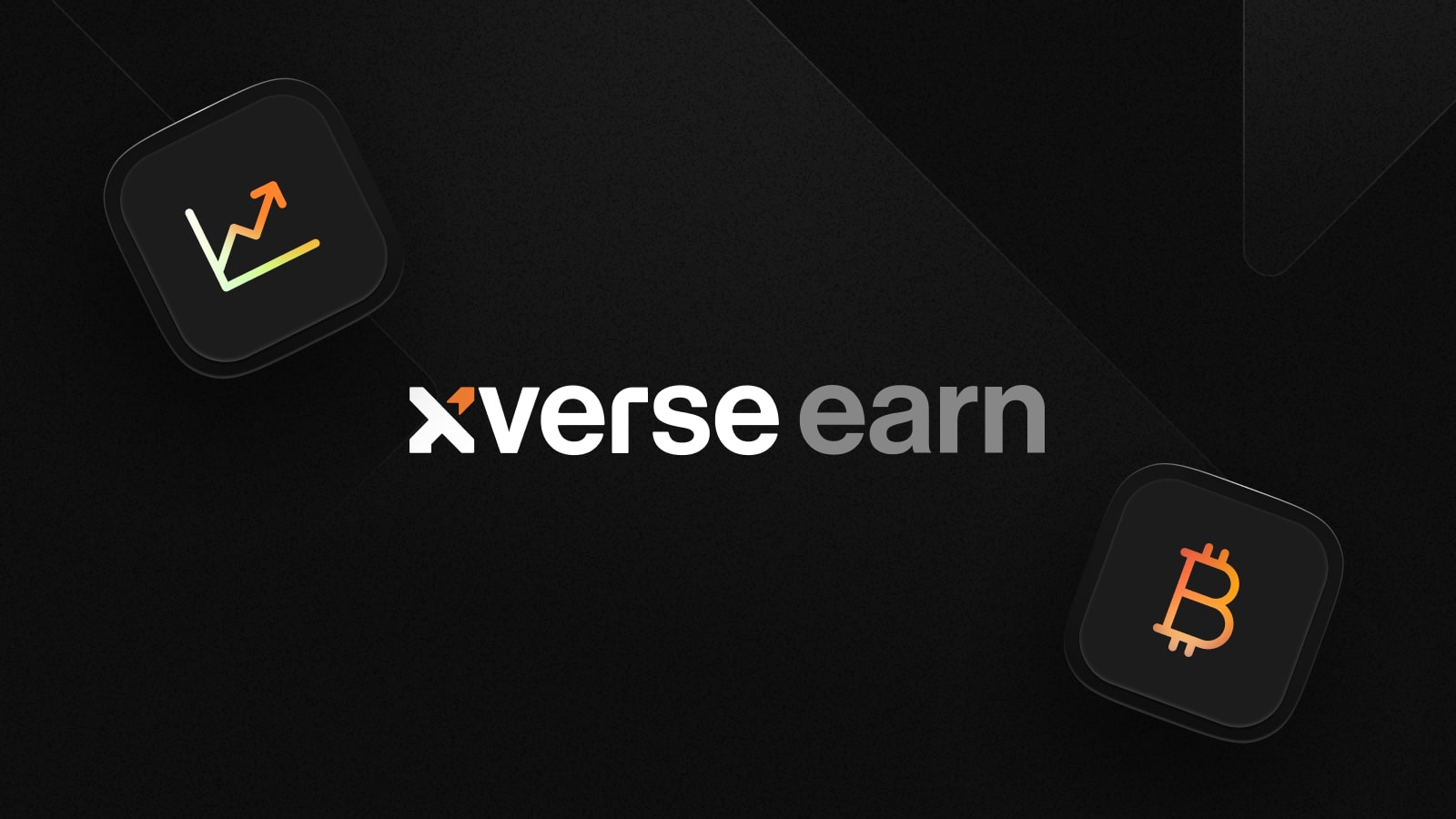What Are BRC-420 Tokens? A Beginner's Guide to Metaverse Inscriptions
Learn about the innovative BRC-420 token standard and how it's aiming to bring Metaverse inscriptions to Bitcoin.

Sign up for updates!
Stay tuned to our latest news and updates
.svg)
The innovation of Bitcoin Ordinals has helped the most secure blockchain support a wider variety of digital assets. The BRC-20 standard, using the Ordinal protocol, lets you create and transfer fungible tokens on Bitcoin. However, the standard has limitations, including limited utility and not supporting metadata. BRC-420 emerges as a solution to some of these challenges.
Read on to learn about the BRC-420 token standard and how it works, and to discover some of the leading BRC-420 projects.
What Is the BRC-420 Token Standard?
The BRC-420 token standard is an open-source asset management protocol for Bitcoin that allows you to create, manage, and share complex asset formats.
The protocol allows you to craft complex types of digital assets through recursion in the metaverse and earn inscription royalties through usage rights.
BRC-420 standard’s underlying architecture is based on Bitmap, a metaverse protocol on the Bitcoin network, and the Ordinals protocol. It supports complex asset formats, including 2D and 3D animations, game items, and effects in the metaverse.
How Does BRC-420 Work?

BRC-420 standard uses recursive inscriptions to define complex digital asset formats in the Bitcoin-based metaverse. Recursive inscriptions allow developers to use existing on-chain data and weave together different data blocks to build complex files.
Although blockchain inscriptions cannot be altered, they can be reused by layering inscriptions and adding additional attributes. This daisy-chaining of data allows surpassing the 4MB block limit and enhances interoperability.
BRC-420 standard recursion aims to enable developers to leverage pre-existing innovations to create universally recognized and transferable Metaverse assets.
The BRC-420 metaverse standard defines how metadata is stored and sets data consensus and specifications that ensure platform interoperability. The standard supports various recursive asset formats and leverages decentralized storage solutions.
Additionally, BRC-420 introduces inscription royalties to link inscription usage rights with royalties so creators can receive fees for their BRC-420 tokens.
The mechanism is embedded in the metadata and is optional and customizable. The creator can inscribe the deploy function on the inscription and receive the defined percentage of the secondary fees.
For instance, when you inscribe recursive content, you’ll pay royalty fees determined by the deploy function to the creator. The system incentivizes creators to produce high-quality content and build a sustainable creator economy.
Exciting BRC-420 Projects

Let's look at some exciting projects created from the BRC-420 protocol standard.
- Mineral claims to be the first real-world asset (RWA) inscription with a supply of 40,000. The BRC-420 crypto protocol enables users to receive periodic interest in BTC for staking. Mineral says it is backed by real BTC mining power and integrates decentralized finance (DeFi) into BRC-420.
- This song about NFTs, posted by Elon Musk on Twitter, announces its sale as a non-fungible token (NFT). The song is about NFTs and comes with a video of a spinning trophy. The video was inscribed on-chain with a supply of 42,069 items.
- Recursive Doodinals seems to be the first user-generated content (UGC) collection of recursive art. It allows users to design their doodles recursively. The community entirely designs the collection, and creators can design ordinal recursive artwork using any existing inscription.
What Does the BRC-420 Standard Bring to Bitcoin?
The BRC-420 standard introduces the possibility of a thriving Bitcoin-based Metaverse, combining Bitcoin's security with creators' creativity and expressiveness.
Exploring the Metaverse on-chain leverages the network’s security while building Bitcoin utility through increased use cases.
The new token standard supports complex asset formats that are not constrained to the 4MB block limit, opening the blockchain to more creative innovations.
BRC-420 can potentially build a sustainable economic environment on the network by incentivizing people through royalties. It allows creators and developers to create innovative projects from existing creations to enrich the metaverse experience on Bitcoin. Inscription Royalties might attract more developers, investors, and users to Bitcoin, increasing wider adoption.
Final Take
While BRC-420 is still in its early stages of development, it opens the community up to the new potential of a Bitcoin Metaverse.
The standard lowers the entry level for NFTs on Bitcoin and allows creators to earn a share of the value they generate through royalties. The standard can shape the future of digital assets on Bitcoin and how people interact with this network.
You can securely store and manage your inscriptions on the Xverse Bitcoin Wallet. Xverse is a Web3 self-custody wallet that supports Bitcoin and Bitcoin-native assets like BRC-420. It has a Chrome extension and a mobile app for Android and iOS.
Download Xverse today and get started on your BRC-420 token journey!
Share this article



.svg)




